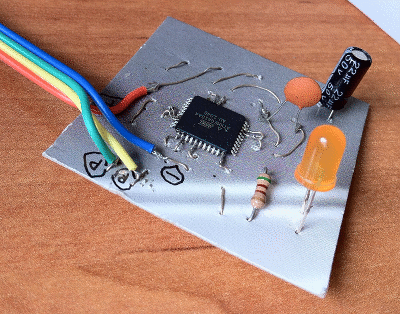
We’re a long way from the Aquanet-powered plastic pipe spud guns of our youth. [smirpab] over on the SpudFiles forum posted a work in progress of an amazing replica AS50 sniper rifle he’s building. This pneumatic cannon goes above and beyond any air-powered rifle we’ve seen with an Arduino that is able to switch between automatic, semi-automatic, and burst modes with an LCD display and a rate of fire control.
The mechanics of [smirpab]’s build are fairly normal for this level of pneumatic gun; it shoots 6mm plastic pellets from a smooth bore barrel with using air compressed to about 10 bar (145 psi). The electronics is where this project really shines, with an Arduino controlling the mode of fire (auto, semi-auto, and a 3-round burst), and the number of rounds per second adjustable with a pot.
A very cool project, and looking at the CAD renders of what [smirpab] completed project will look like, we can’t wait to see this build finished. As always, this build comes with the standard Hackaday “you’ll put your eye out, kid” warning. You can check out a video of [smirpab]’s piston after the break, along with a demo of the Arduino-powered control circuit going through all three firing modes.












